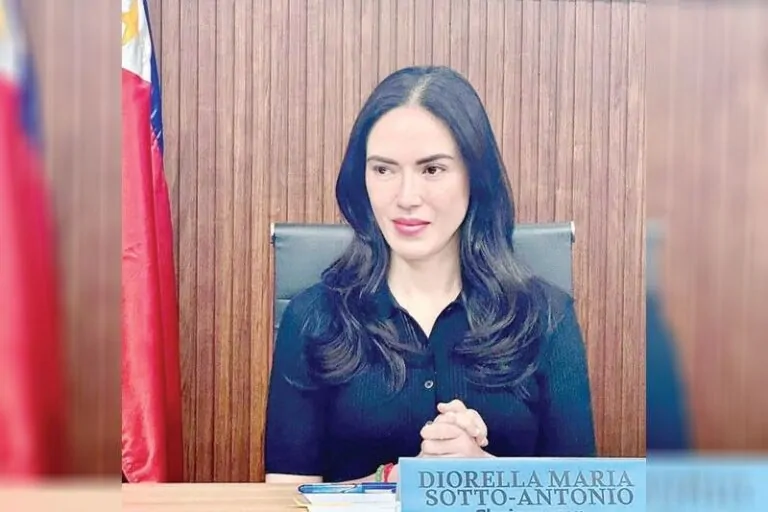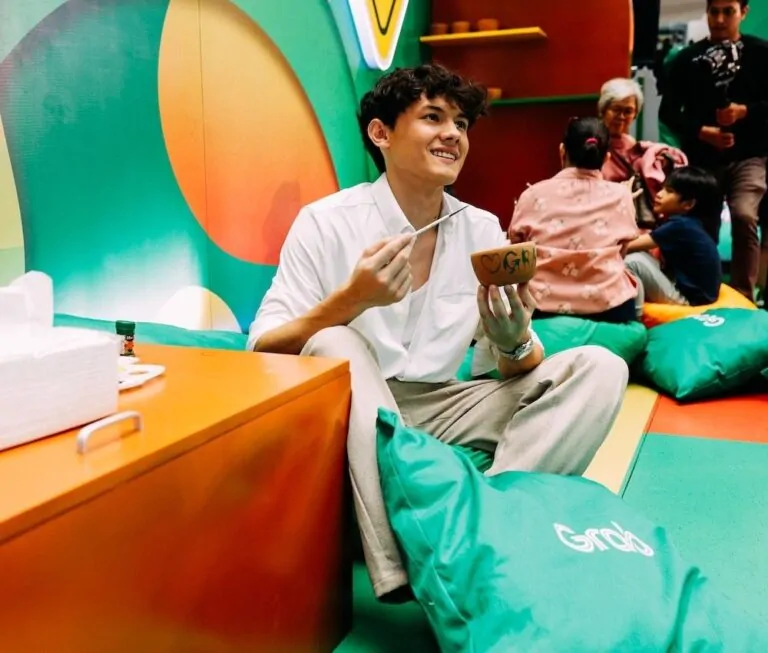
Level Up Your Grades: Gaming Pro Myrtle Sarrosa Shares Study
- Fashion and beauty are often intertwined industries
- Both industries are constantly evolving and setting new trends
- Fashion includes clothing, accessories, and footwear
- Beauty includes skincare, makeup, and haircare
- Both industries cater to personal expression and self-care
- Fashion and beauty industries are influenced by culture, society, and individual preferences
Fashion and beauty have always been intertwined, with trends in clothing often influencing the way people perceive beauty, and vice versa. In recent years, there has been a growing emphasis on sustainability and inclusivity in the fashion and beauty industries, as consumers become more conscious of the impact their choices have on the environment and society as a whole.
One of the biggest trends in fashion right now is sustainability, with many brands and designers making a conscious effort to reduce their carbon footprint and minimize waste. This trend has also extended to the beauty industry, with more and more consumers looking for eco-friendly and cruelty-free products. In the Philippines, there has been a rise in local brands that prioritize sustainability and ethical practices, offering consumers a more conscious choice when it comes to their beauty and fashion needs.
Inclusivity is another important trend that has been gaining traction in the fashion and beauty industries. With the rise of social media and the democratization of fashion, there has been a shift towards more diverse and inclusive representation in advertising and marketing campaigns. This has led to a more diverse range of models and influencers being featured in campaigns, reflecting the diversity of the modern consumer.
In the Philippines, there has been a push for greater inclusivity in the fashion and beauty industries, with more brands and designers embracing diversity in their campaigns and collections. This has been reflected in the growing popularity of local models and influencers who represent a wide range of ethnicities and body types, challenging traditional beauty standards and promoting a more inclusive definition of beauty.
The rise of social media has also had a significant impact on the fashion and beauty industries, allowing consumers to have more direct access to brands and designers than ever before. This has led to a more democratic and transparent approach to marketing, with consumers being able to interact with brands and provide feedback in real-time. Social media has also played a key role in the rise of influencer marketing, with many brands partnering with influencers to promote their products to a wider audience.
In the Philippines, social media has played a crucial role in the growth of the fashion and beauty industries, with many local brands and designers leveraging platforms like Instagram and Facebook to reach a wider audience. Influencer marketing has also become increasingly popular in the Philippines, with many local influencers collaborating with brands to promote their products to their followers.
One of the biggest challenges facing the fashion and beauty industries in the Philippines is the issue of counterfeits and knock-offs. With the rise of e-commerce platforms and social media, it has become easier for counterfeiters to sell fake products to unsuspecting consumers. This not only hurts legitimate brands and designers, but also poses a health risk to consumers who may unknowingly use products that contain harmful ingredients.
To combat this issue, the Philippine government has been cracking down on counterfeiters and implementing stricter regulations to protect consumers. Many brands and designers have also taken steps to educate consumers on how to spot fake products and emphasize the importance of buying from legitimate sources.
Overall, the fashion and beauty industries in the Philippines are thriving, with a growing emphasis on sustainability, inclusivity, and social media marketing. As consumers become more conscious of their choices and demand more transparency from brands, it is likely that these trends will continue to shape the industry in the years to come. By embracing these trends and adapting to the changing landscape of the industry, Filipino brands and designers can continue to thrive and attract a global audience.
/Digital Sauce




